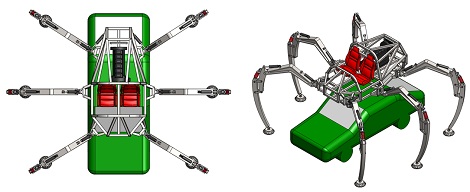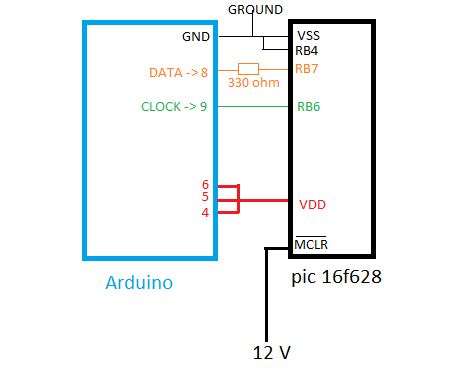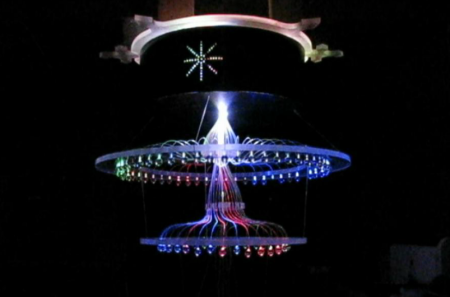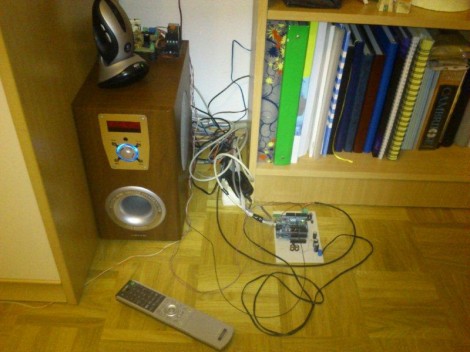In case you weren’t already depressed about not starting a summer project already, a couple of guys are building a gigantic rideable hexapod they call Stompy.
The project leaders, [Gui Cavalcanti], [Dan Cody], and [James Whong] have worked on a few crazy robotics projects before like PETMAN and BigDog. Stompy won’t be a military-backed project like the others (we sincerely hope), so they’re enlisting the help of fellow makers at Artisan’s Asylum to complete a 15-foot diameter, 1-2 ton rideable hexapod before the end of August.
Right now, the team is still in the planning and preliminary testing stages. So far, they’ve built a 1/2 scale model of one leg to figure out the control systems, and getting the repurposed forklift motor up and running. It may not look like much now, but we’re sure the team is going to have a very fun time building Stompy.
You can check out the updates and progress of Stompy on the Project Hexapod blog
















